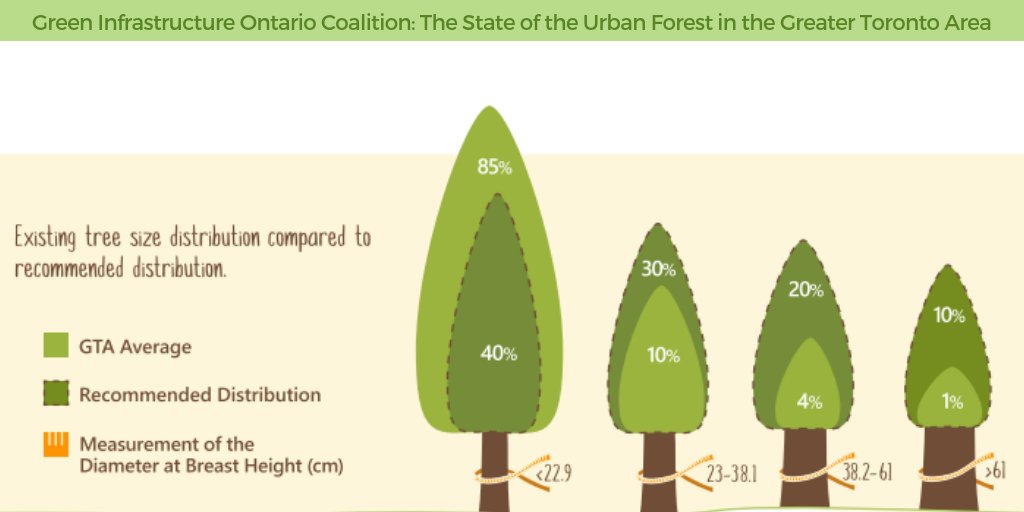The Environmental Advantages Of Stump Grinding: A Sustainable Approach To Land Management
The Environmental Advantages Of Stump Grinding: A Sustainable Approach To Land Management
Blog Article
Material Author-
When it pertains to land management, have you considered the long-lasting benefits of stump grinding? By attending to the remnants left after tree elimination, this method not just help in soil wellness improvement however also plays an essential duty in protecting against erosion and supporting biodiversity. The ecological benefits of stump grinding expand far beyond mere visual appeals, supplying a lasting solution that harmonizes with nature's detailed systems.
Soil Wellness Enhancement
Aiming to improve the high quality of your dirt? Stump grinding can be a game-changer for improving dirt health and wellness on your property. By eliminating old tree stumps, you're creating space for new growth and permitting vital nutrients to go back to the soil.
As the stumps break down over time, they release raw material, enhancing the dirt and advertising better plant growth.
Additionally, stump grinding assists to aerate the dirt, permitting far better water seepage and root advancement. Compacted soil can impede plant development and water absorption, but by grinding stumps, you're loosening up the dirt and developing a healthier environment for your plants.
Moreover, stump grinding can also aid to avoid pest problems and diseases that old stumps may draw in. By eliminating these potential dangers, you're producing a more secure and extra efficient landscape.
Disintegration Avoidance
To stop dirt erosion successfully, stump grinding plays a crucial role in preserving the stability and stability of your land. By eliminating unsightly stumps from your building, you're likewise lowering the risk of erosion caused by water runoff. https://mylesrjzpf.blogvivi.com/31857127/enhance-your-greenery-the-key-conveniences-of-regular-tree-pruning grinding eliminates challenges that can disrupt the natural circulation of water across your land, protecting against soil erosion in the process.
When stumps are left unblemished, they can work as obstacles to water flow, triggering soil to remove throughout heavy rainfalls. This disintegration not just damages your land yet also adds to sedimentation in nearby water bodies, hurting marine ecosystems.
Stump grinding assists to avoid these problems by leveling the ground and promoting proper drainage, decreasing the probability of erosion.
Biodiversity Support
Keeping healthy biodiversity on your land is important for creating a thriving ecological community. By making use of stump grinding as a sustainable land management method, you can dramatically sustain biodiversity.
Stump grinding aids advertise biodiversity by creating new environments for various plant and animal varieties. The removal of stumps allows for the regeneration of indigenous plants, which in turn draws in a varied series of wildlife. Insects, birds, and little creatures flourish in these freshly obtainable locations, contributing to the total biodiversity of your land.
Furthermore, stump grinding helps protect against the spread of conditions and bugs that can damage plant species, thus securing the environmental balance on your building. By eliminating old stumps, you produce area for new plant growth, which boosts the overall health and wellness of the ecological community.
This healthier setting supports a bigger variety of varieties, advertising biodiversity and creating a more resilient ecosystem in the long term. Embracing stump grinding as part of your land management method can have long-term favorable results on the biodiversity of your land.
Verdict
By utilizing stump grinding as a sustainable method to land management, you can boost dirt health and wellness, prevent disintegration, and assistance biodiversity. Read the Full Post promotes the development of plants and creates habitats for numerous plant and animal types. Make a positive influence on the atmosphere by incorporating stump grinding right into your land management methods.
